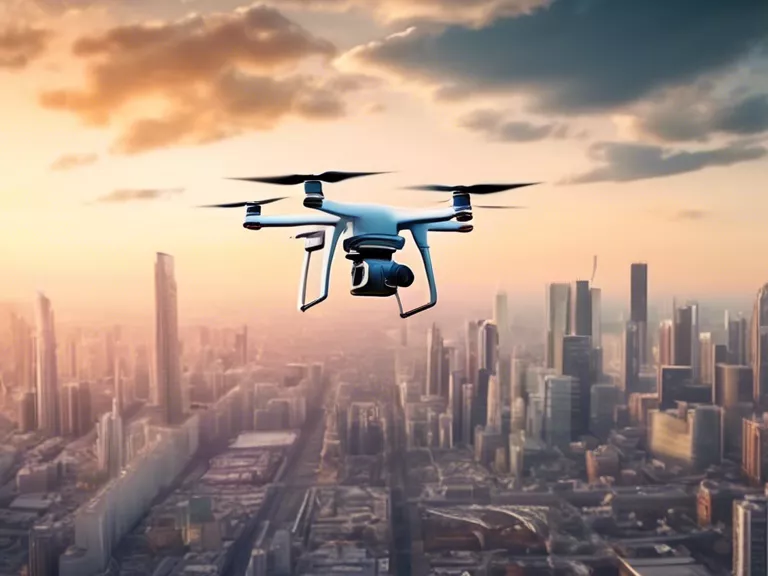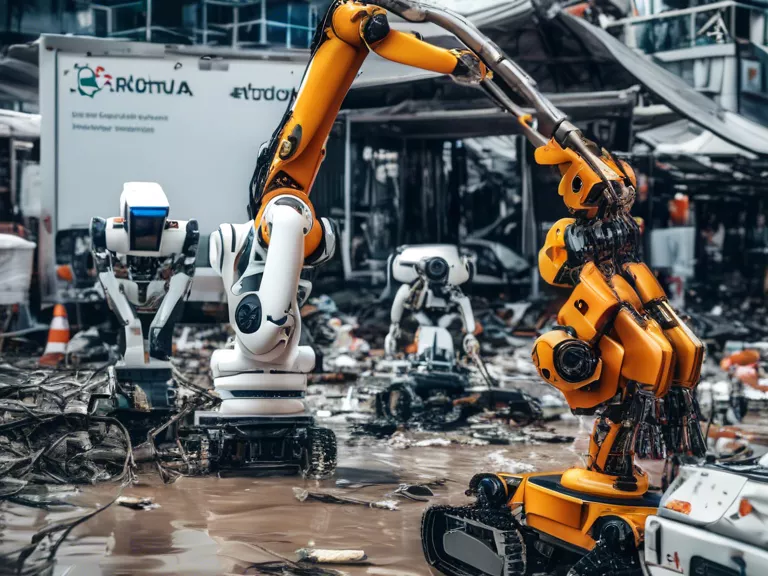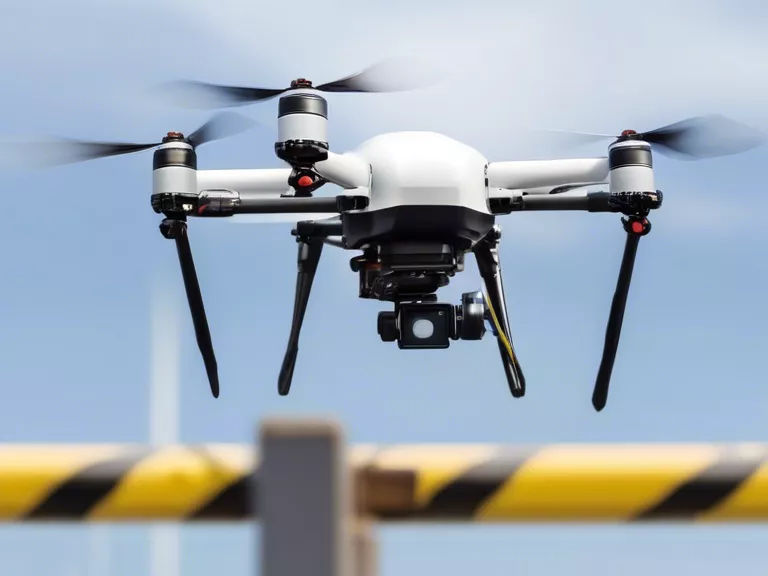
With the rise of e-commerce and the demand for faster delivery, drone delivery services have become increasingly popular. However, navigating airspace regulations and safety concerns remains a challenge for companies looking to utilize this technology. In this article, we will explore the future of drone delivery and the steps being taken to address these issues.
Drone delivery has the potential to revolutionize the way goods are transported, offering faster delivery times and reducing carbon emissions. Companies like Amazon and Google have already started testing drone delivery services, but they have faced obstacles in the form of strict airspace regulations and safety concerns.
One of the main challenges facing drone delivery is the need to navigate complex airspace regulations. Drones must operate within strict guidelines set by aviation authorities to ensure the safety of other air traffic. As more companies begin to use drones for delivery, regulators will need to develop new rules and systems to manage the increased traffic in the skies.
Safety concerns also remain a top priority for drone delivery services. Drones must be equipped with sensors and software to avoid collisions with other aircraft and obstacles on the ground. Companies are investing in technologies like sense-and-avoid systems and geofencing to improve the safety of their drone operations.
Despite these challenges, the future of drone delivery looks promising. Companies are working closely with regulators to develop safe and efficient ways to use drones for delivery. With advancements in technology and regulations, we can expect to see more drones in the skies delivering goods to our doorsteps.



